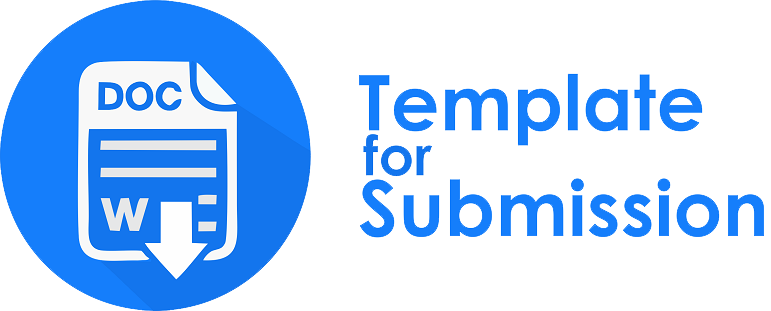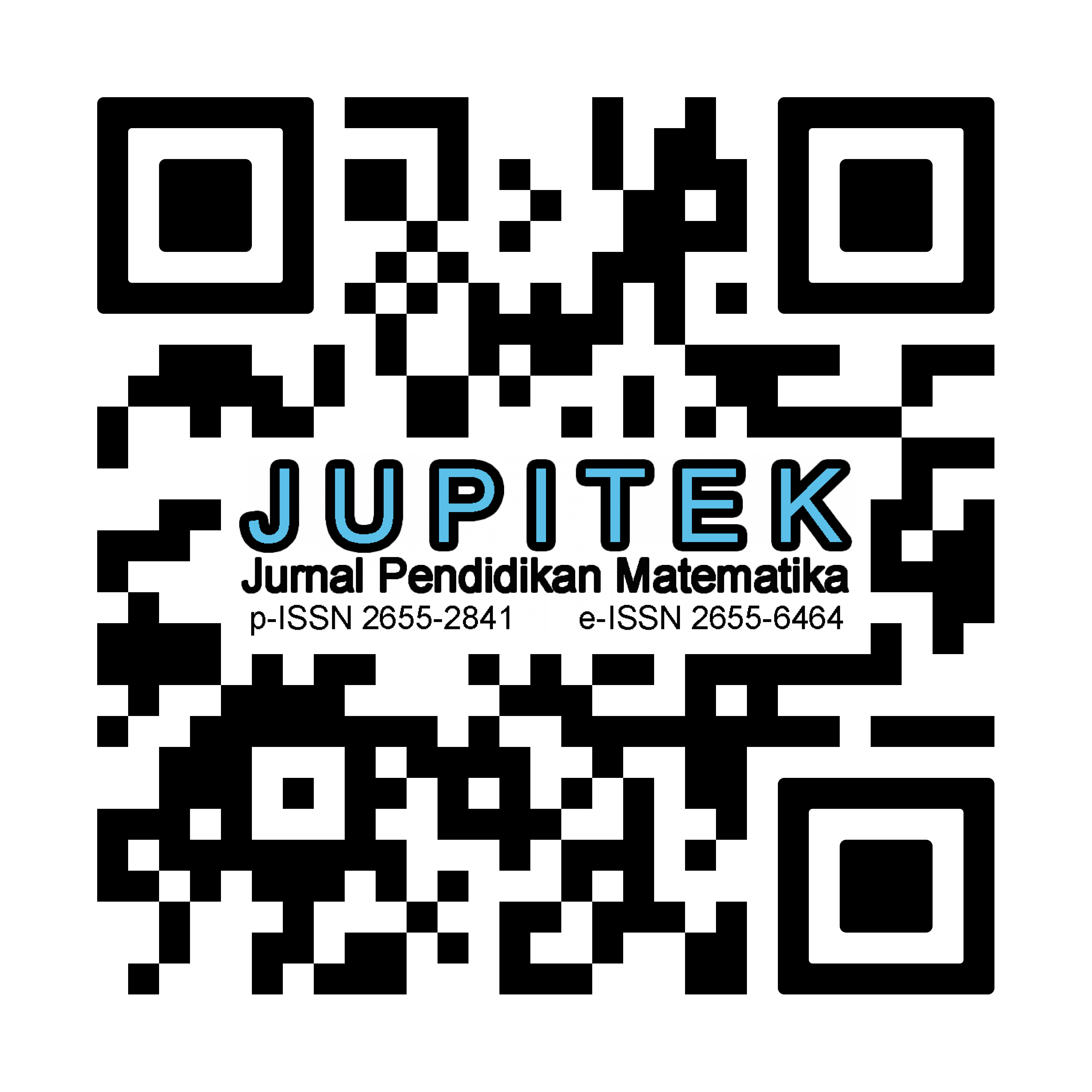PENGGUNAAN STRATEGI THINK DALAM PEMBELAJARAN KOOPERATIF UNTUK MATERI BANGUN RUANG DI KELAS XII SMA NEGERI SIWALIMA AMBON
Abstract
Mathematics learning is generally done teacher-centered, while the 2013 curriculum based on constructivist demands are learner-centered learning. One learning model that is in accordance with the demands of the 2013curriculum is a cooperative learning model using theTHINK strategy. This study aims to develop cooperative learning devices using theTHINK strategy that is good for three dimension material, describes the effectiveness of cooperative learning by using theTHINK strategy for three dimension material, and comparing learning outcomes of students who take cooperative learning using the THINK strategy with students who follow conventional learning for three dimension material. The development of learning devices was carried out using the 4-D model Thiagarajan, et al. Which had been modified through a simplification process? The research data were analyzed descriptively. In addition, at the experimental stage, inferential ANAKOVA analysis was used. The results of the analysis show that (1) the learning devices produced, in the form of: learning plans, teacher manuals, student activity sheets, and learning outcomes tests, have met the criteria for good learning devices; (2) cooperative learning using the THINK strategyis effectiveused to teach three dimension material; (3) the learning outcomes of students who take cooperative learning using the THINK strategy are better than the learning outcomes of students who take conventional mathematics learning.
Downloads
References
Daftar Pustaka
Depdiknas. 2003. Kurikulum 2004. Standar Kompetensi Matematika SMA dan MTs. Jakarta: Depdiknas.
Flavell. 1979. Metacognition and Cognitive Monitoring. Allyn Bacon
Ibrahim, dkk. 2005. Pembelajaran Kooperatif. Surabaya : UNESA.
Kelly, R. Thomas. 2006. Teaching Problem Solving, JRME, NCTM,
Nur, Mohamad. 2005. Strategi- Strategi Belajar, Pusat Sains dan Matematika Sekolah, Unipress, Surabaya.
Nurdin, 2006. Model Pembelajaran Matematika Untuk Menumbuhkan Kemampuan Metakognisi. Disertasi. Unesa. Surabaya.
Peraturan Menteri Pendidikan dan kebudayaan Republik Indonesia No 24 Tahun 2016, tentang Kompetensi Inti dan Kompetensi Dasar pada Kurikulum 2016 pada Sekolah Dasar dan Menengah.
Slavin, Robert E, 1995. Cooperativ Learning, Theory and Practice. Boston : Allyn and Bacon Publisher.
Soedjadi, R. 2007. Masalah Kontekstual Sebagai Batu Sendi Matematika Sekolah, Pusar Sains dan Matematika Sekolah, UNESA, Surabaya
Thiagarajan, S. Semmel, DS. Semmel, M. 1974. Instructional Development for Training Teachers of Exceptional Children. A Sourse Book. Blomingtn: Central for Innovation on Teaching The Handicapped.
Thomas O. Nelson. 1992. Metacognition. University of Washington
Wolfolk, A.E, Educational Psychology, 7thedition, Allyn and Bacon
Copyright (c) 2018 Novita Ivonne Choesni

This work is licensed under a Creative Commons Attribution-NonCommercial-ShareAlike 4.0 International License.
License and Copyright Agreement
By submitting a manuscript to Jurnal Pendidikan Matematika (JUPITEK), the author(s) certify and agree to the following terms:
- Originality and Authority: The submitting author is authorized by all co-authors to enter into this agreement. The manuscript describes original work that has not been published previously in a peer-reviewed journal, nor is it under consideration for publication elsewhere.
- Approval: Its publication has been approved by all author(s) and by the responsible authorities of the institutions where the work was carried out.
- Rights: The authors secure the right to reproduce any material that has already been published or copyrighted elsewhere.
- Licensing and Copyright: Authors retain the copyright to their work.
- License Grant: The authors grant Jurnal Pendidikan Matematika (JUPITEK) the right of first publication, with the work simultaneously licensed under the Creative Commons Attribution-NonCommercial-ShareAlike 4.0 International (CC BY-NC-SA 4.0).
- Self-Archiving: Authors are permitted and encouraged to deposit the published version of their article in institutional repositories, on their personal websites, and other academic platforms, with proper acknowledgment of its initial publication in Jurnal Pendidikan Matematika (JUPITEK).






.png)


